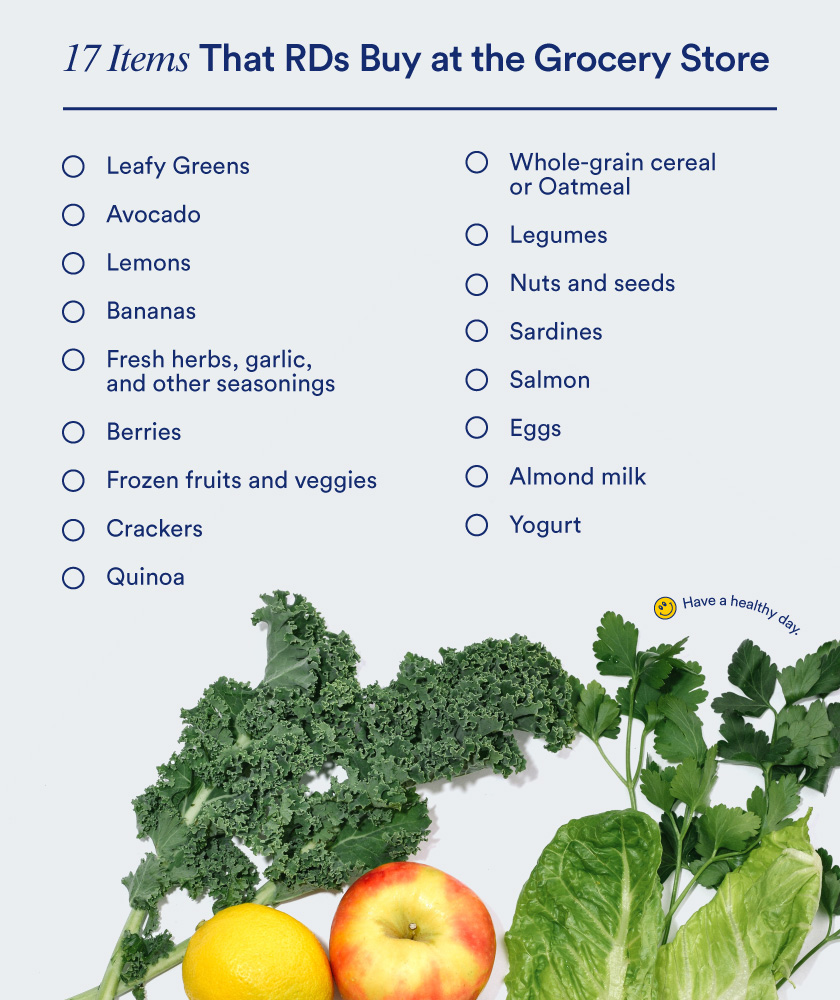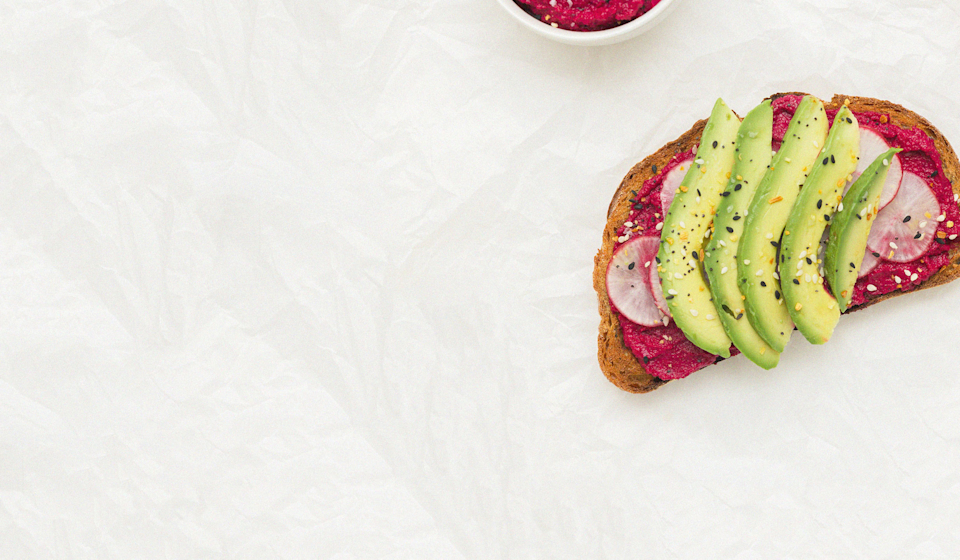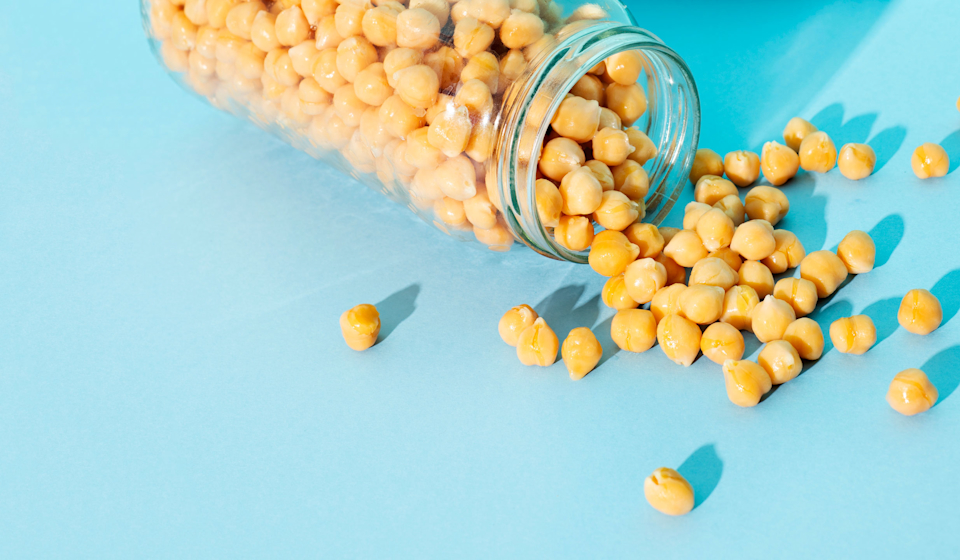HEALTHY GRAINS
Crackers. "I don't leave the market without a crunchy, high fiber box of crackers made with whole, real, pronounceable ingredients," says Burak. "Nutritious crackers can be used in any meal or snack not only to add a crunch factor but to keep you energized and satisfied." Eat them with veggies and guac. Top them with slices of turkey and cheddar cheese. Or, sprinkle them over a salad.
Whole-grain cereal or oatmeal. Menu planning for lunches and dinners is great, but for breakfast, cut yourself some slack and keep it simple with cereal. (That's right—don't count out your favorite childhood breakfast.) "Instead of the sugary kind, opt for whole-grain cereal," Davis says. “This will leave you feeling fuller for longer, and avoid that mid-morning energy crash that has you grabbing for a second cup of coffee."
Pro tip: Just make sure you read your labels and opt for a cereal with minimal mystery ingredients (if any). Better yet, try oatmeal: A tried-and-true, protein-rich standby with endless possibilities for customization.
Quinoa. Just one cup of fluffy, cooked quinoa provides 8 grams of protein, along with magnesium, iron, fiber, and zinc—all things our bodies need. In fact, quinoa is a complete protein—meaning that it contains all nine essential amino acids. (1)
PROTEIN + HEALTHY FATS
Legumes. Whether you’re vegan, vegetarian, or eat a little bit of everything, we can all get behind the plant protein power of legumes like lentils and beans.
Nuts and seeds. Nuts and seeds are another excellent source of plant-based nutrition. "Nuts and seeds are a complete snack on their own too as they contain all three macronutrients (carbs, protein, and fat) naturally, which helps you stay satisfied longer," Burak says. "Plus, there's no need to refrigerate them, so they make the perfect portable snack."
Sardines. "These little fish are a nutrient powerhouse," says Davis. "One 3.75-ounce serving can pack up to 20 grams of protein and includes omega 3 fatty acids." Since they are canned, you can keep a few stashed in your pantry and whip them out whenever you need a quick lunch or a snack. Now that's what we call easy meal planning. (2)
Salmon. “Salmon provides 16 grams of protein for every 3 ounces, making it a great source of protein,” says Davis. That’s not to mention the omega-3 fatty acids in every serving. (3)
Eggs. For a satiating breakfast (or lunch, or dinner), it’s hard to go wrong with eggs—a winningly versatile combo of healthy fats and protein.
DAIRY / NON-DAIRY
Almond milk. Whether you consume dairy or not, almond milk is a yummy nut milk that makes a great addition to your shopping list template. It’s handy for things like smoothies, oatmeal, or chia seed pudding. Hence, why it's a permanent staple in Davis's grocery list. She recommends opting for one that has vitamin D added back into it. Also, remember that almond milk isn't as high in protein as traditional cow’s milk, so be sure you get your protein elsewhere.
Yogurt. Yogurt is high in protein and contains probiotics, making it worthy of a spot on your master grocery list. The yogurt aisle at the store, however, can be overwhelming. Davis recommends going for plain yogurt. Many flavored yogurts can sneakily contain a lot of sugar. To sweeten it up and give it flavor, you can add fresh fruit at home.
References:
- Quinoa. (2019, October 21). Retrieved from Harvard.edu
- FoodData Central Search Results. Sardines in Oil. Retrieved from USDA
- Spitler, F., RD, CDE. (n.d.). ...Salmon. Retrieved from Healthline













